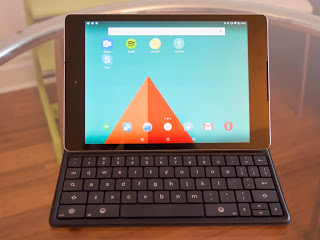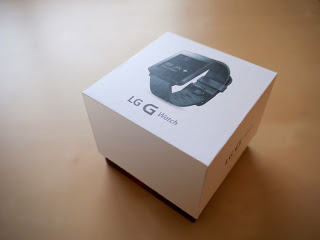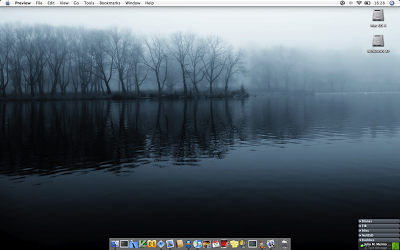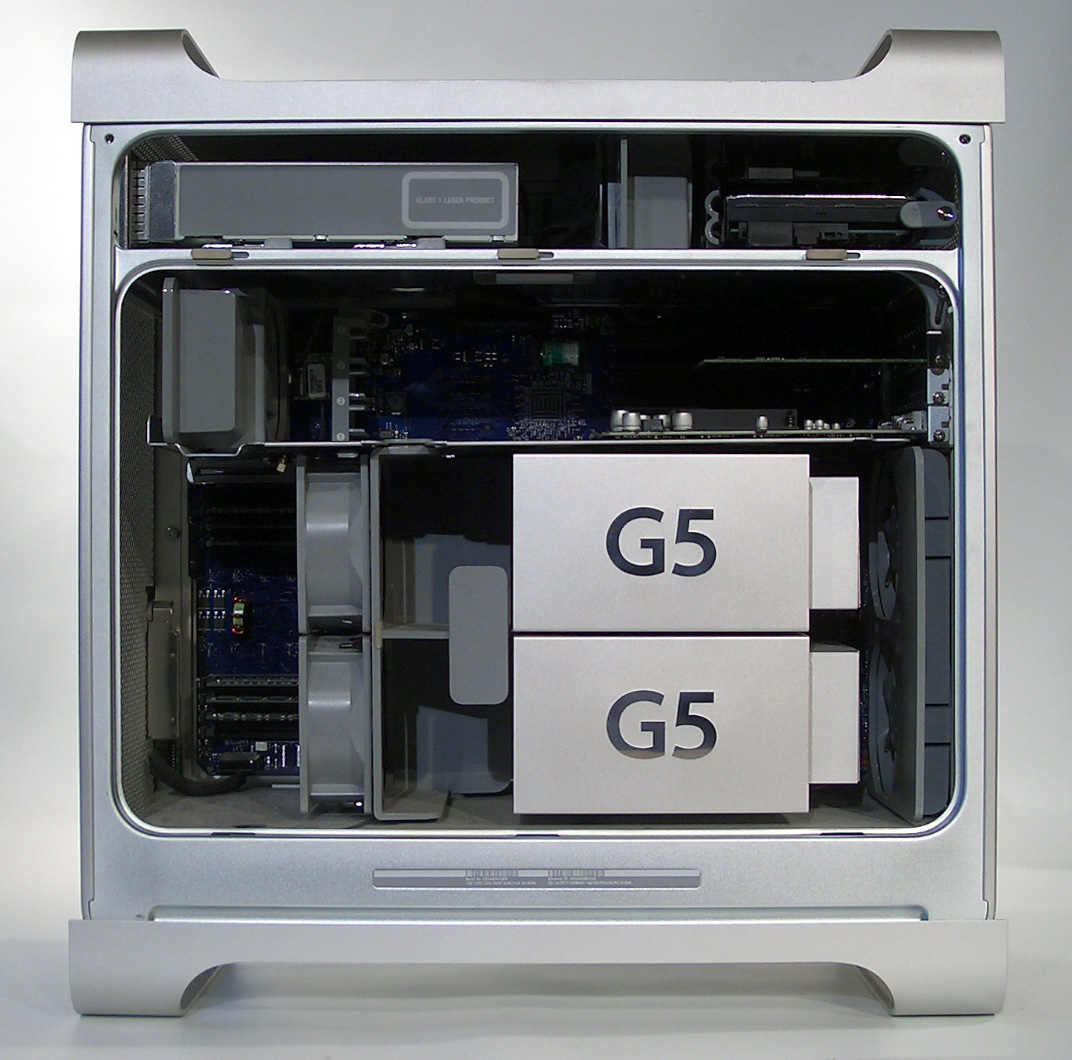Nexus 9, focused writing, and more
About three weeks ago, I got a Nexus 9 and its accompanying Folio case+keyboard at work with the main goal of drive-testing Google's mobile apps.

Being "free" hardware for testing I could not turn it down, but at first I honestly was not sure what to do with it: I already got a Nexus 10 last year and exchanged it soon after for a Nexus 7 because I did not did not like its bulky feeling. The Nexus 7, on the other hand, is the perfect size for reading news, articles, and books, which is basically the only thing I (used to) do with the tablet.
March 20, 2015
·
Tags:
android, review, tablet, writing
Continue reading (about
7 minutes)
One month in with Android Wear
Or: A review of the LG G Watch.
Right before the Christmas holidays, I was gifted an LG G Watch Black Titan, a relatively simple smartwatch that sports the new Android Wear operating system:

After over a month of daily use, I am now comfortable about writing about my impressions. But, before doing that, let me set this review in the right context.
February 5, 2015
·
Tags:
android, review, wearables
Continue reading (about
7 minutes)
Putting a PowerMac G5 to good use
A few months ago I bought an old PowerMac G5 off of Craigslist and since then I have been experimenting with various operating systems and configurations. Before I tell you more about these, let me briefly explain why I got such a machine.
I had always wanted one of these beasts. They look gorgeous (to me) and, to convince myself to get it, I thought that I would play with the PPC64 architecture. How? By getting NetBSD to run properly on these machines while learning enough to iron out the few rough edges that I thought were left. Unfortunately, that story didn’t go well (more below), so I ended up experimenting with various other operating systems.
July 15, 2013
·
Tags:
featured, mac, powerpc, review
Continue reading (about
6 minutes)
Six months with the MacBook Pro
If memory serves well, today makes the sixth month since I have got my MacBook Pro and, during this period, have been using it as my sole computer. I feel it is a good time for another mini-review.
Well... to get started: this machine is great; I probably haven't been happier with any other computer before. I have been able to work on real stuff — instead of maintaining the machine — during these months without a hitch. Strictly speaking I've got a couple of problems... but that was "my fault" for installing experimental kernel drivers.
As regards the machine's speed, which I think is the main reason why I wanted to write this post: it is pretty impressive considering it is a laptop. With a good amount of RAM, programs behave correctly and games can be played at high quality settings with a decent FPS rate. But, and everything has a "but": I really, really, really hate its hard disk (a 160 GB, 5400 RPM drive). I cannot stress that more. It's slow. Painfully slow under medium load. Seek times are horrible. That alone makes me feel I'm using a 10 year-old machine. I'm waiting for the shiny-new big 7200 RPM drives to become a bit easier to purchase and will make the switch, even if that means my battery life will be a bit shorter.
About Mac OS X... what can I say that you already don't know. It is very comfortable for daily use — although that's very subjective, of course; it's quite "funny" to read some reviews that blame OS X for not behaving exactly like Windows — and, being based on Unix, allows me to do serious development with a sane command-line environment and related tools. Parallels Desktop for Mac is my preferred tool so far as I can seamlessly work with Windows-only programs and do Linux/NetBSD development, but other free applications are equally great; some worth of mention: Adium X, Camino or QuickSilver.
At last, sometimes I miss having a desktop computer at home because watching TV series/movies on the laptop is rather annoying — I have to keep adjusting the screen's position so it's properly visible when laying on bed. I can imagine that an iMac with the included remote control and Front Row could be awesome for this specific use.
All in all, don't hesitate to buy this machine if you are considering it as a laptop or desktop replacement. But be sure to pick the new 7200 RPM drive if you will be doing any slightly-intensive disk operation.
June 21, 2007
·
Tags:
mac, macos, parallels, review
Continue reading (about
3 minutes)
MacBook Pro review
Since the Intel Macs were published, I had been planning to get one of them; I settled on getting an iMac 20" by next Summer (so that it'd carry Leopard "for free"). But last December I found a great offer on the MacBook Pro 15.4", being the total price similar to what I was planning to buy. Furthemore, going for the MacBook Pro instead of the iMac let me get rid of my iBook G4 and my desktop PC.
Now it has been a little over two weeks since I received the MacBook Pro 15.4", equiped with a Core 2 Duo at 2.16GHz and the 2 GB of RAM, 160 GB hard disk updates. It has been enough time to get a decent impression of the machine, so let me post a little review.
The laptop is great overall. It is fast, full of features and tiny details, and has an excelent look (highly subjective ;-). Compared to the iBook G4, which had a 12" 4:3 screen, this one is noticeable bigger (15.4" 16:10) but is thinner and weights almost the same. Sincerely I don't care too much because it was also replacing the desktop PC I had, so I really wanted to have a large resolution to work comfortably (plus a decent video card, only available in the Pro model).
As regards performance, the Core 2 Duo is certainly faster than the processors in the other machines. For example, the old PC needed between 5 to 6 hours to build a full NetBSD release, while the C2D takes less than 2 (1.45, if I recall correctly). Games also behave appropriately, even at the highest available resolution (1400x900). Unfortunately, the hard disk (which does 5400RPM "only") is a bottleneck for my typical development (or gaming) tasks, as I outlined in a previous post.
Somewhat related to the previous post, the hardware virtualization available in these new microprocessors is awesome. Anyone who deals with cross-development should consider getting one of them: it's impressive to see two (or more!) different operating systems working at the same time at native speeds.
Aside that, the machine is full of tiny details. You probably know most of them: the MagSafe connector, the keyboard's backlight, the integrated webcam and microphone or the Apple Remote. I kinda like this last item, although it does not shine as it could if it was in an iMac.
However it has its problems too. When the fans spin up, it becomes very noisy... and this happens as soon as you start building any piece of software or launch a game. On another order of things, I've been attempting to install Windows XP on a partition that is not at the end of the disk and haven't been successful, which means it is restricted to the slower part of the drive (a pity for games, specially). But well, not that I can blame Apple because Boot Camp is still beta.
Not much more I can say. These machines have been reviewed in depth all around already.
And to conclude, a shot of my current desktop :-)
January 14, 2007
·
Tags:
mac, review
Continue reading (about
3 minutes)


